
Senior writer Tina Hesman Saey is a geneticist-turned-science writer who covers all things microscopic and a few too big to be viewed under a microscope. She is an honors graduate of the University of Nebraska-Lincoln where she did research on tobacco plants and ethanol-producing bacteria. She spent a year as a Fulbright scholar at the Georg-August University in Göttingen, Germany, studying microbiology and traveling. Her work on how yeast turn on and off one gene earned her a Ph.D. in molecular genetics at Washington University in St. Louis. Tina then rounded out her degree collection with a master’s in science journalism from Boston University. She interned at the Dallas Morning News and Science News before returning to St. Louis to cover biotechnology, genetics and medical science for the St. Louis Post-Dispatch. After a seven year stint as a newspaper reporter, she returned to Science News. Her work has been honored by the National Academies of Sciences, Engineering and Medicine, the Endocrine Society, the Genetics Society of America and by journalism organizations.

Trustworthy journalism comes at a price.
Scientists and journalists share a core belief in questioning, observing and verifying to reach the truth. Science News reports on crucial research and discovery across science disciplines. We need your financial support to make it happen – every contribution makes a difference.
All Stories by Tina Hesman Saey
-
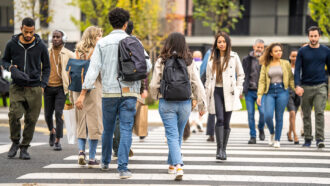 Genetics
GeneticsWhy experts recommend ditching racial labels in genetic studies
Racial labels don’t explain biological and genetic diversity but do cause stigma. They belong “in the dustbin of history,” a panel of experts says.
-
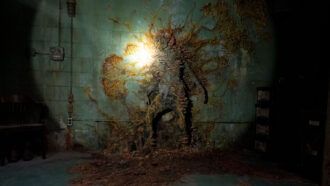 Life
LifeFungi don’t turn humans into zombies. But The Last of Us gets some science right
Fungi like those in the post-apocalyptic TV show are real. But humans’ body temperature and brain chemistry may protect us from zombifying fungi.
-
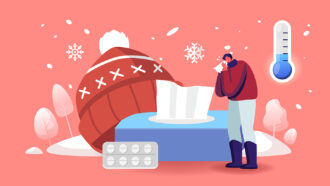 Health & Medicine
Health & MedicineWhy it’s easier to catch a cold, the flu or COVID in the winter
Low humidity protects viruses and cold temperatures may blunt some immune responses, making viral infections like colds, flu and COVID-19 more likely.
-
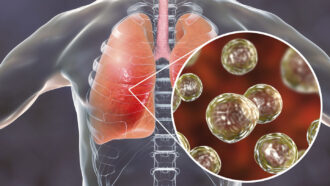 Health & Medicine
Health & Medicine4 key things to know about lung infections caused by fungi
News that three kinds of fungi are more widespread than previously thought prompted reader questions about risk, symptoms and more. We answer them.
-
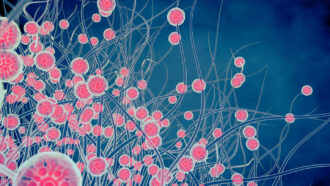 Health & Medicine
Health & MedicineFungi that cause serious lung infections are now found throughout the U.S.
Doctors should be on the lookout for three types of fungi that, when inhaled, can lead to serious infections, researchers say.
-
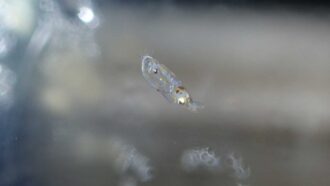 Life
LifeSquid edit their RNA to keep cellular supply lines moving in the cold
Squid change their RNA more often in the cold, producing motor proteins that keep cellular cargo on track.
-
 Health & Medicine
Health & MedicineWhy pandemic fatigue and COVID-19 burnout took over in 2022
As public health guidelines loosened this year, people were left to weigh COVID-19 risks on their own. It was confusing, frustrating and exhausting.
-
 Health & Medicine
Health & MedicineDNA is providing new clues to why COVID-19 hits people differently
Age, general health and vaccinations can affect how sick people get with COVID-19. So can genes. Here are new hints of what’s going on in our DNA.
-
 Health & Medicine
Health & MedicineCat allergies may be tamed by adding an asthma therapy to allergy shots
Adding an antibody already used to treat asthma to standard allergy shots improved cat allergy symptoms for a least a year, a small study finds.
-
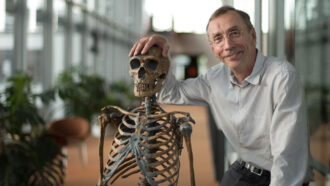 Health & Medicine
Health & MedicineGenetics of human evolution wins 2022 Nobel Prize in physiology or medicine
By figuring out how to extract DNA from ancient bones, Svante Pääbo was able to decipher the genomes of our hominid relatives.
-
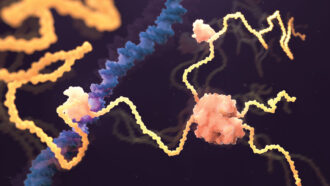 Life
LifeHas AlphaFold actually solved biology’s protein-folding problem?
An AI called AlphaFold predicted structures for nearly every protein known to science. Those predictions aren’t without limits, some researchers say.
-
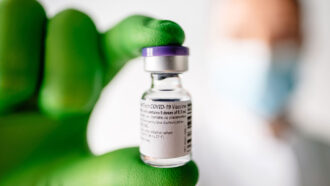 Health & Medicine
Health & MedicineWhat you need to know about the new omicron booster shots
With approval of omicron booster shots, COVID-19 vaccine approval and dosing guidance is moving closer to the way flu shots are handled.